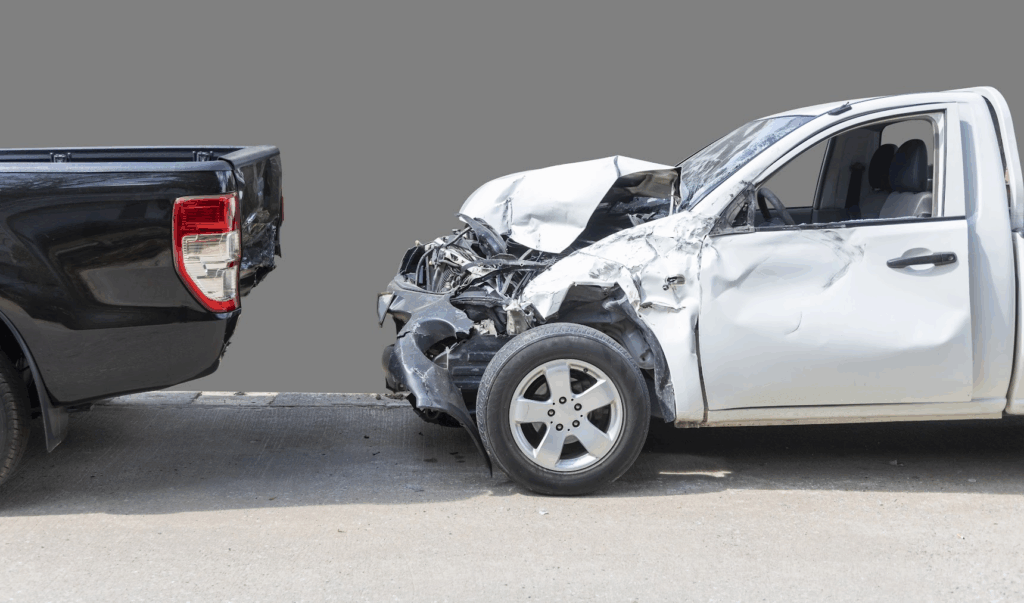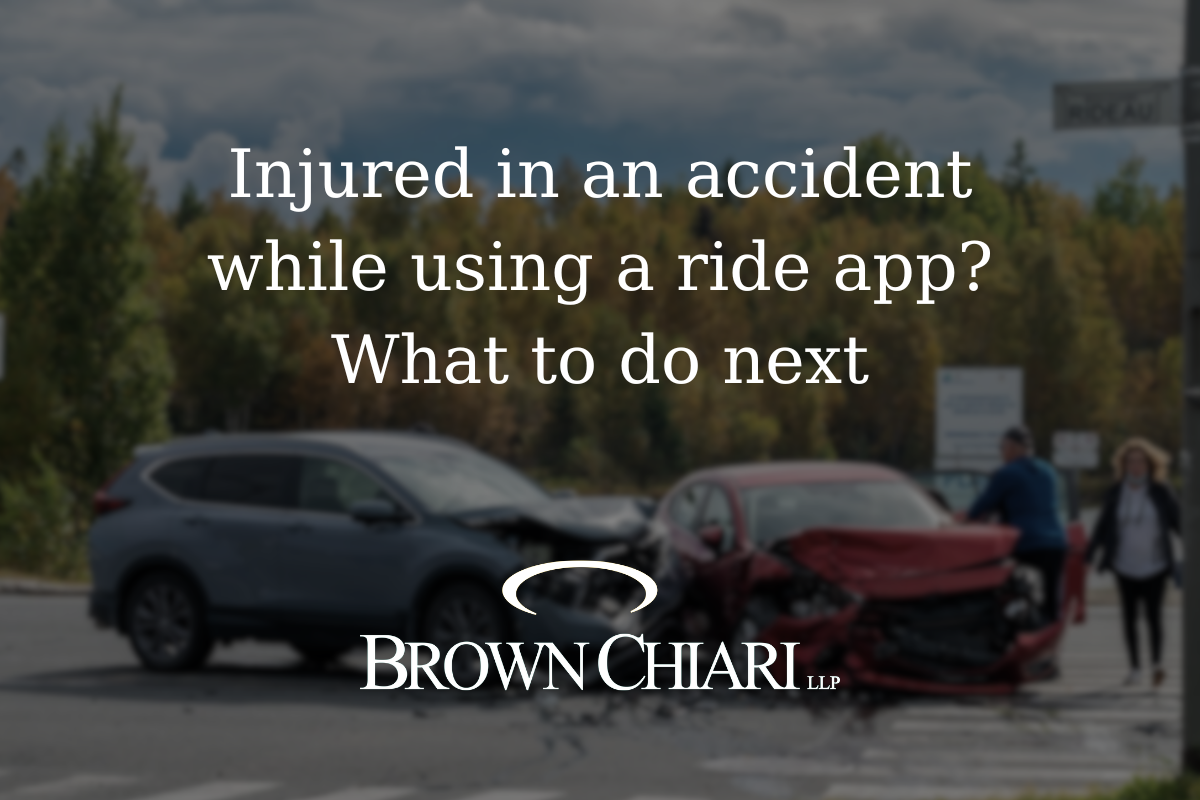Ride apps, like Uber and Lyft, have been ramping up in popularity lately and seem to be taking over areas across New York. Did you know that most of these rideshare make you agree to limit their liability before you ride? These apps can make travel more convenient, but when accidents happen, complicated legal questions arise. Who is responsible? The passenger? The company? The driver?

Ride Share Accidents and Types of Accidents
Maybe you are a passenger in a crash caused by your driver or another vehicle. Maybe you are a pedestrian who was struck by a rideshare app, or maybe you are another driver that was hit by someone working for these services.
These accidents and cases involve multiple insurance policies and strict rules through the app. Coverage depends on the driver’s status at the time of the crash. From waiting to accepting a ride, to the actual drop off, these instances can dramatically change the amount of fault.

App off: The driver is not currently taking any rides and has the app off. In this instance, the driver’s personal insurance will apply
App on, waiting for ride: The driver will have very limited coverage from the company in route, or carrying a passenger. Uber/Lyft $1M Policy is in effect.
But there is a catch! Some companies may deny claims and push the blame onto the driver to avoid paying. Never just accept the fine print! Here is what you must know:
Ride-share Apps and Insurance
Uber and Lyft drivers are supposed to carry extra insurance – but their coverage can depend on whether they are waiting on a ride, in route, or have a passenger with them in the car. And as we know, not all drivers follow the rules of the road.
Brown Chiari knows how to handle complex claims. We have represented passengers, pedestrians and drivers injured in these rideshare apps, and we know how to male these massive corporations take the blame and responsibility.
